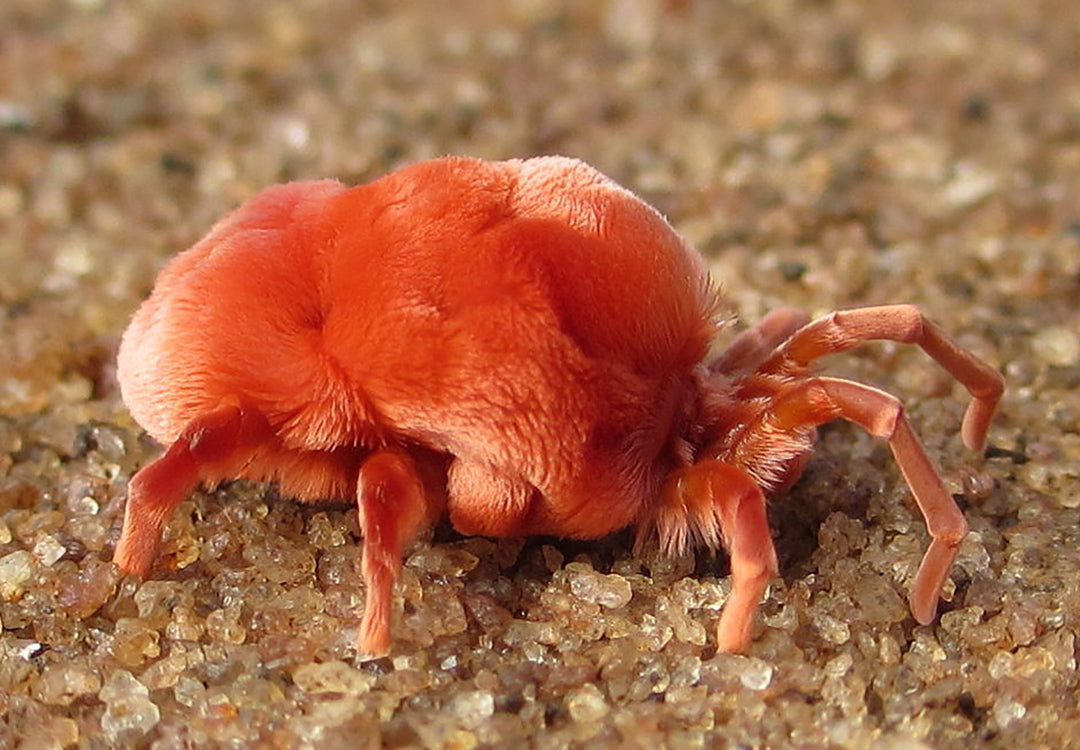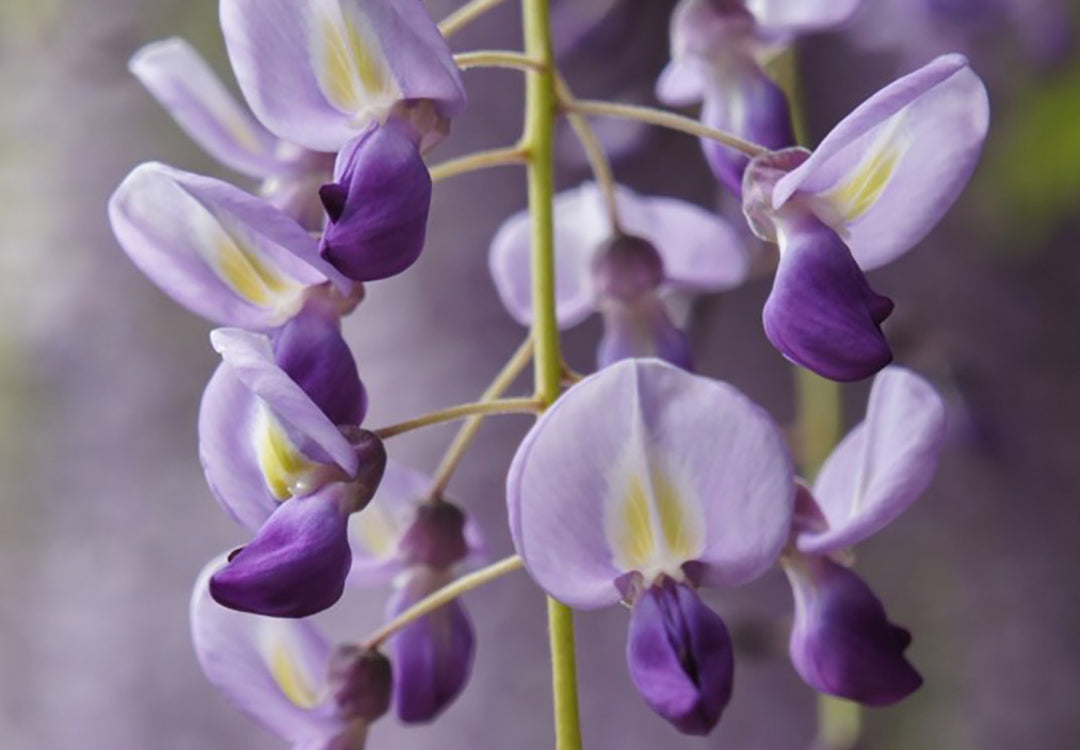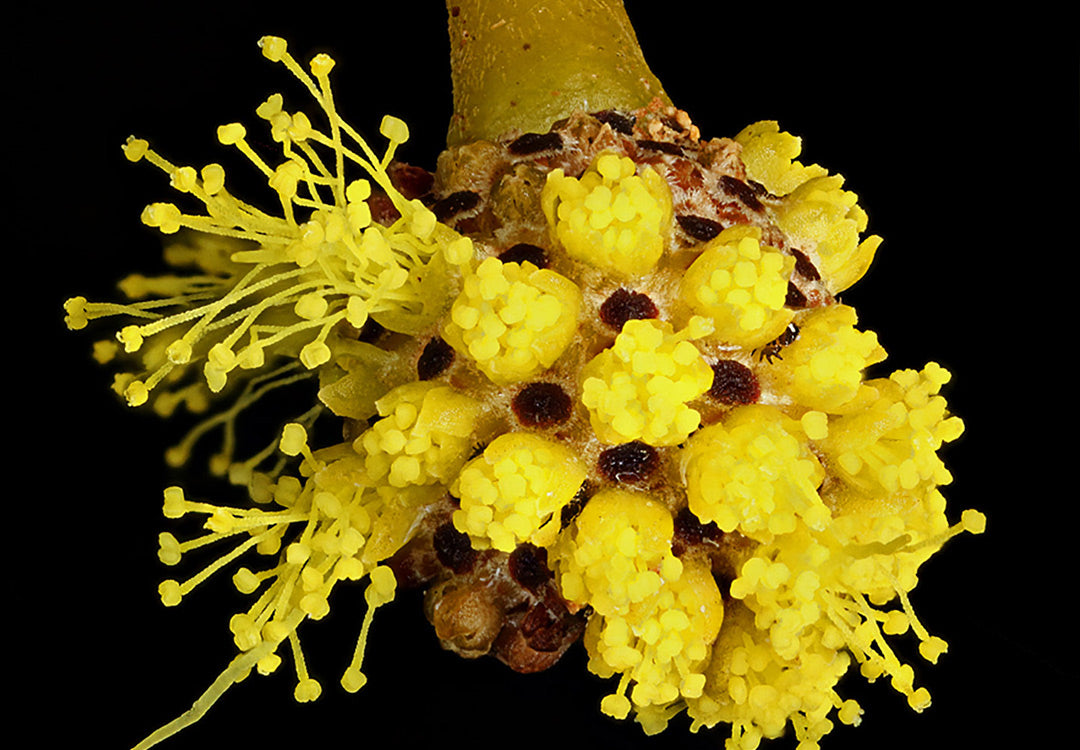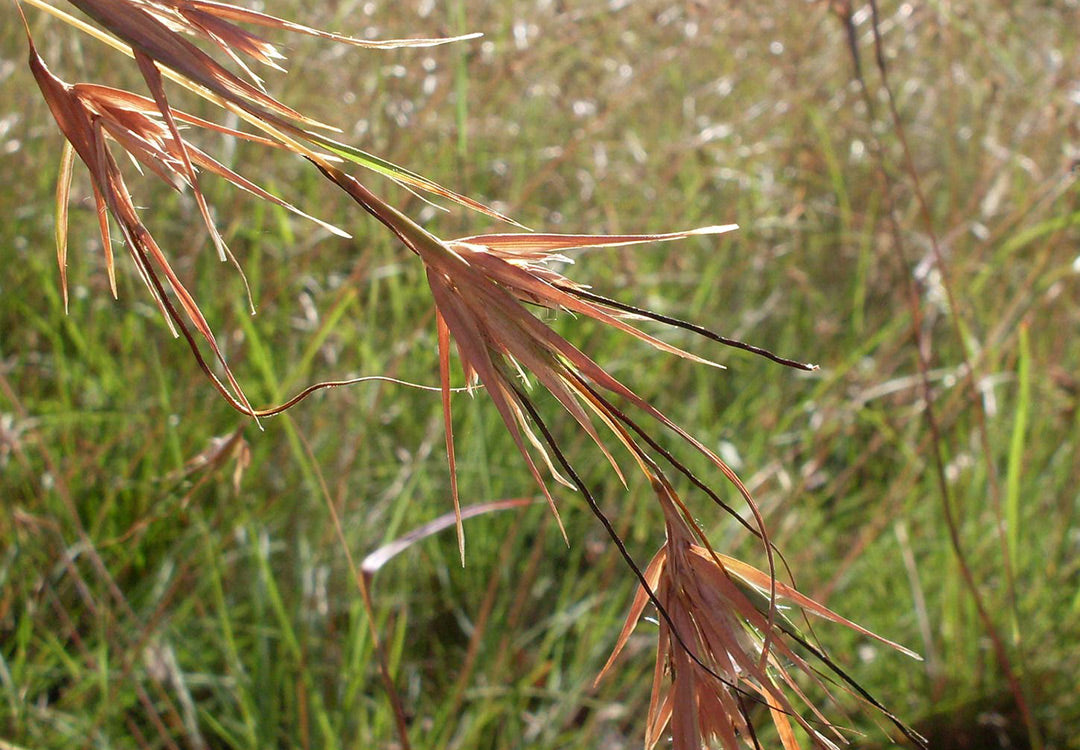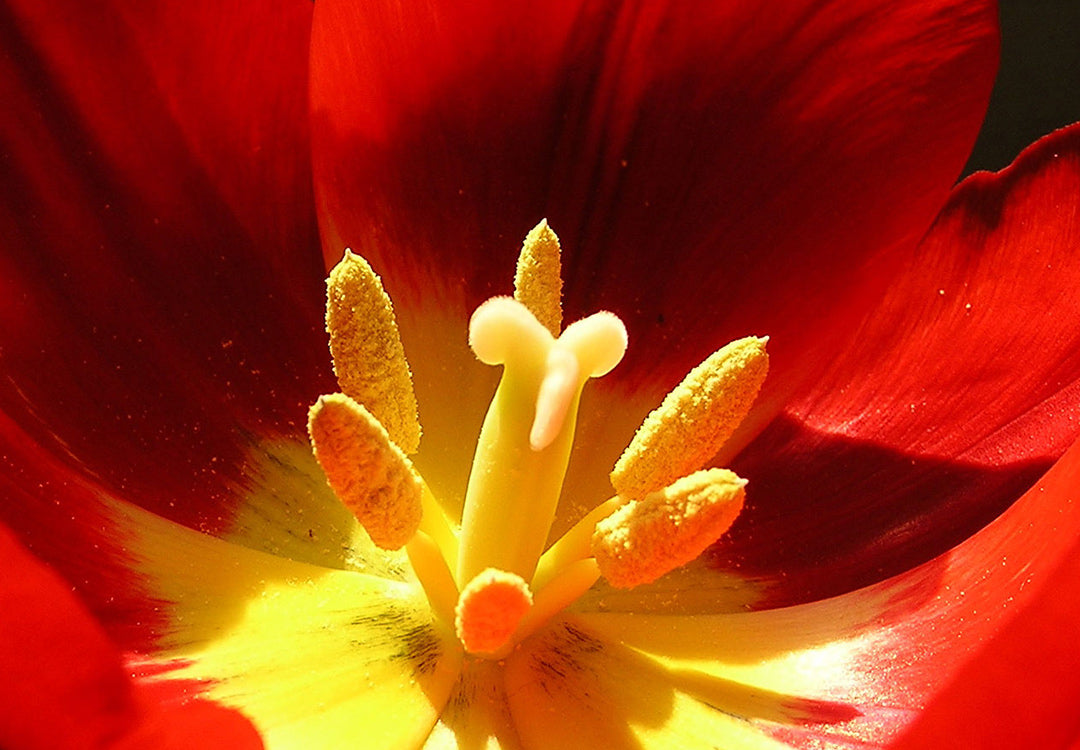How To Repot Plants Without Killing Them
Transplanting potted plants from on pot to another can be a bit stressful, especially if no one’s ever taught us how. The process is actually pretty easy and this article intends to teach you everything you need to know about the signs to look for when your plant requires upsizing, and the best practices for transplanting from one pot to
Continue reading


